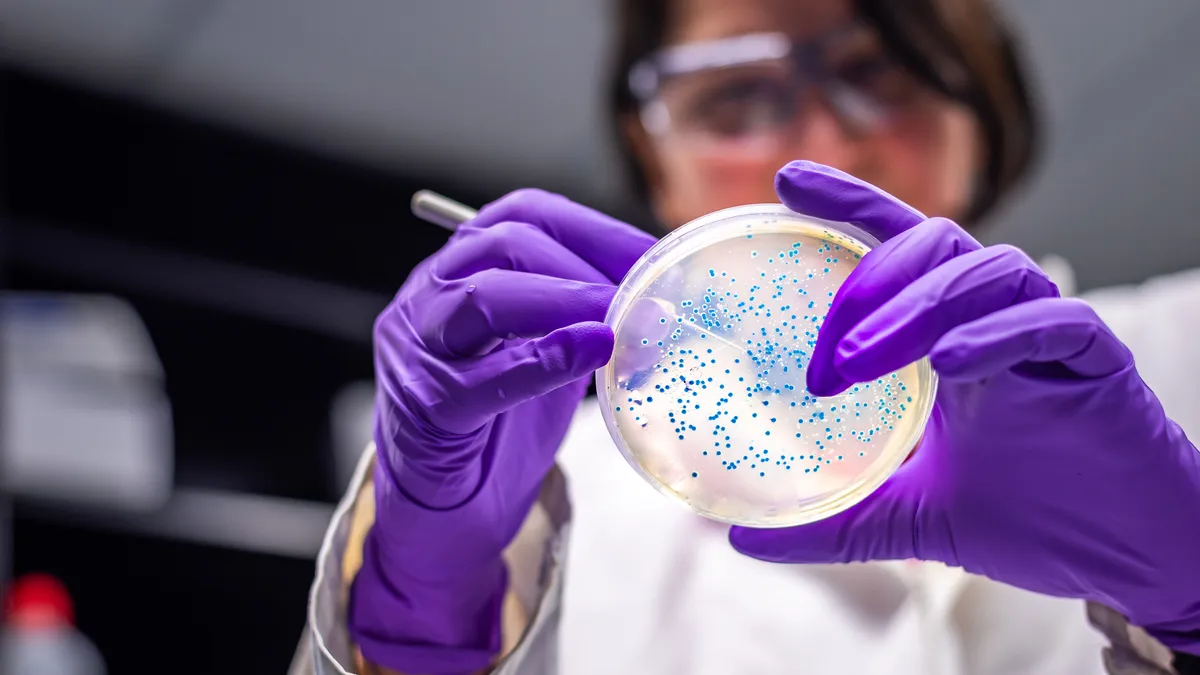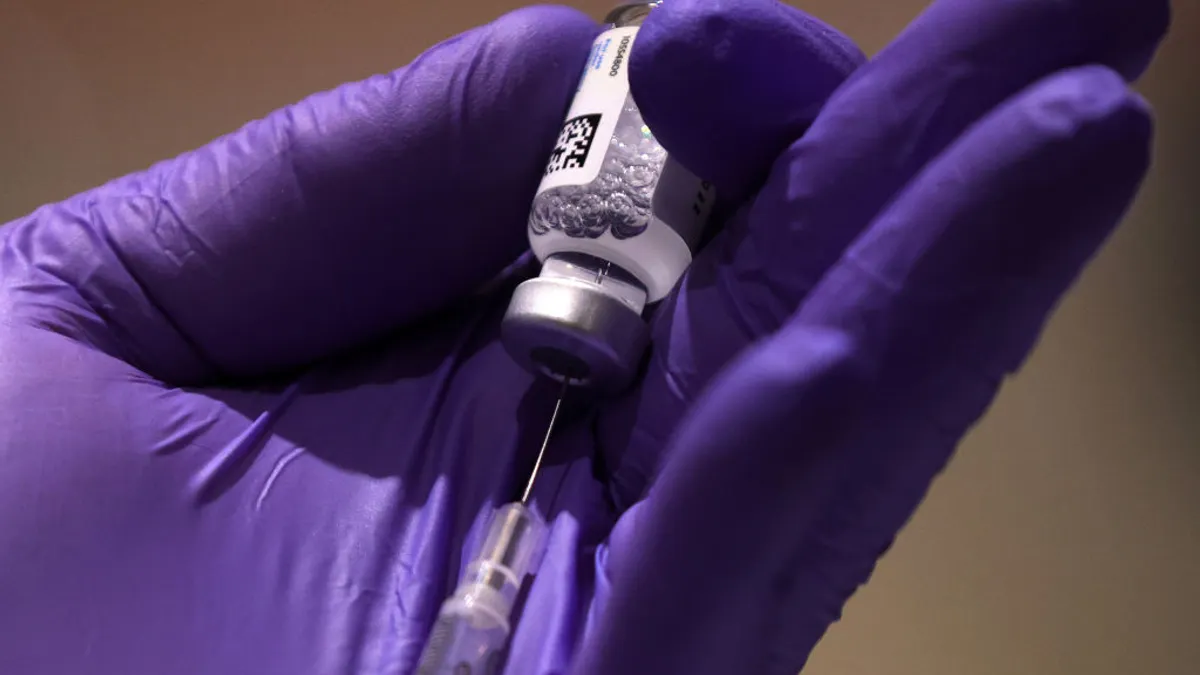The superbugs are winning the war. Even as an arsenal of new strategies lights the path forward, researchers are still falling behind as almost 5 million deaths mount each year.
In the “losing battle” against antimicrobial-resistant infections, drug developers are up against a ticking clock with a dearth of funding, said Erin Duffy, chief of R&D at CARB-X, a nonprofit global partnership developing new tests and drugs, like a preventive treatment alongside GSK designed to block E. coli infections.
Sixteen antibacterial drugs have gained regulatory approval worldwide since 2017, and 97 more, including 40 non-traditional options, are moving through the pipeline, according to the World Health Organization.
But as the superbugs keep evolving, that pipeline pace hasn’t been quick enough.
“Resistance often happens before a drug even hits the market,” Duffy said. “It's not that the science isn't there or isn’t compelling — it remains difficult to get private investment.”
Creative solutions
Many big drug companies abandoned antibiotic drug development, scared off by high development costs and limited profit incentives. Those that remain, including Roche and Shionogi, are working alongside the scrappy biotechs that now populate the space.
In the absence of industry investment, organizations like CARB-X, the AMR Action Fund and the Global Antibiotic Research and Development Partnership have stepped in to fill the funding gap.
CARB-X is backing more than 30 early-stage programs to prevent, diagnose and treat AMR infections, many of which opt for an unconventional approach, Duffy said.
“We see a lot of innovation on the front end, and we’re certainly trying to bring it through."

Erin Duffy
Chief of R&D, CARB-X
Among them are two companies looking to prevent AMR infections by reducing dangerous organisms in the gut that can trigger deadly infections. Snipr Biome recently finished a phase 1 trial with its candidate, which uses natural bacterial predators called phages to reduce E. coli in the gut. The company hopes the treatment will prevent dangerous bloodstream infections in cancer patients, Duffy said.
Another company, Seres Therapeutics — maker of Vowst, a Clostridium difficile treatment — is attempting something similar. Seres is using SER-155 to prevent infections, but the approach adds beneficial organisms to crowd out the bad ones, she said.
CARB-X is also contributing funds to a GSK vaccine to protect against a dangerous bacteria, Salmonella enterica, which causes invasive nontyphoidal salmonellosis, a potentially deadly disease prevalent in sub-Saharan Africa.
The nonprofit has also granted funding for Harvard scientists developing a promising synthetic antimicrobial, cresomycin, which could have broad activity against numerous dangerous pathogens.
While many investigational treatments are developed to overcome drug resistance, EVŌQ Nano wants to prevent it altogether. The company’s nanoparticle treatment kills bacteria from the inside rather than attacking the outer layer to avoid spurring mutations that lead to drug resistance.
In some cases, companies are recycling older drugs to provide more options for resistant infections. Utility Therapeutics recently gained FDA approval for a synthetic penicillin, Pivya, to treat uncomplicated urinary tract infections. Patients in Canada and Europe have received the drug for decades, but global resistance remains low. It offers another treatment option in the U.S., which is seeing an increase in drug-resistant UTIs.
The ongoing need for action
While the pipeline is active, it’s still not enough to keep the bugs at bay. A boost in private investment could help lure big pharma companies back into the space, Duffy said.
Federal legislation could also help. One bill, the Pioneering Antimicrobial Subscriptions to End Up Surging Resistance (PASTEUR) Act, incentivizes antimicrobial drug development. But it’s languishing in Congress. With proposals offering subscription prices for critical antimicrobial drugs rather than buying individual doses, the result could be a boost in profits for drug companies. As it stands, antimicrobials must be used sparingly, which makes a volume-based model unsustainable.
Until funding improves, the existing players in the space are fighting an uphill battle, and companies working in the antibiotic space still struggle to stay afloat.
“We see a lot of innovation on the front end, and we're certainly trying to bring it through,” Duffy said, adding however, that more people need to recognize the critical nature of this work to stem the rising global threat.




















